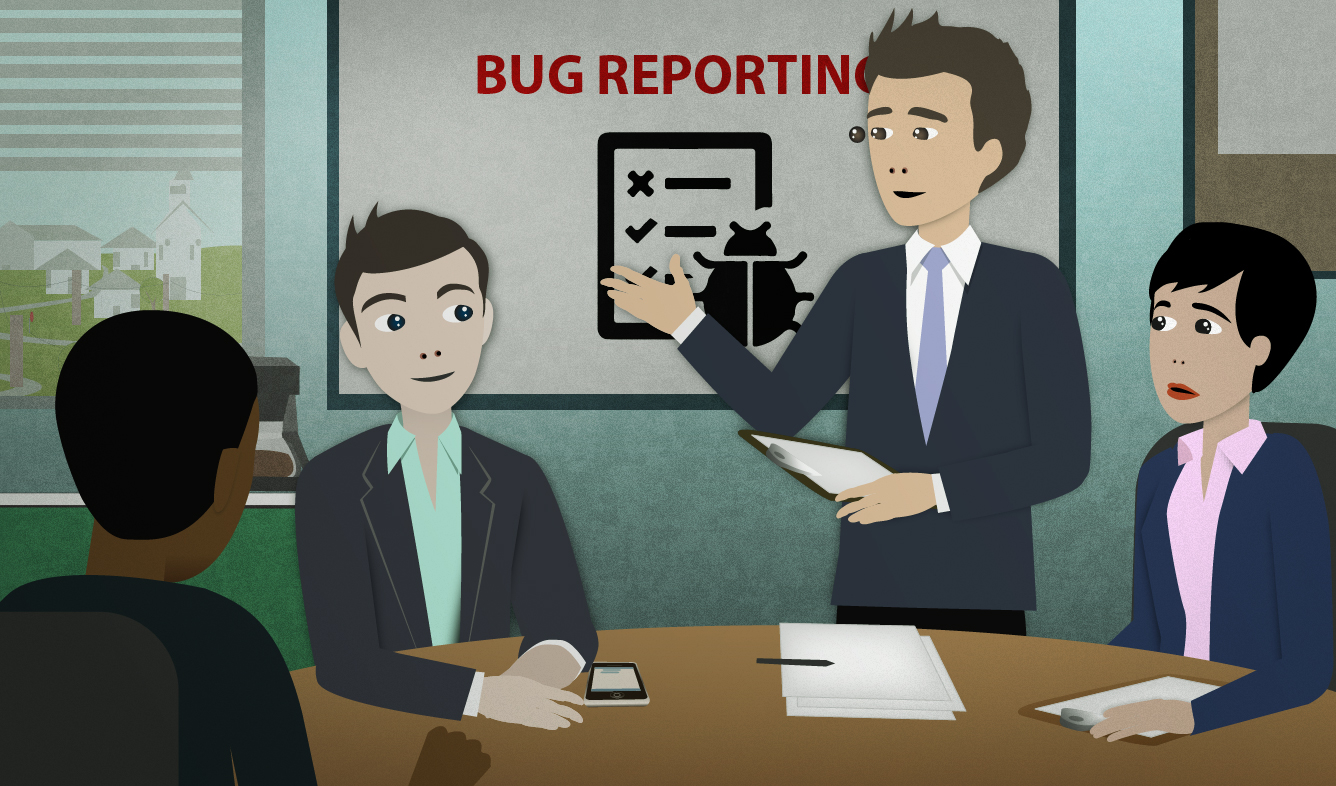“OK. Let’s move on and discuss our bug reporting process.”
You're leading a meeting at work. You've finished talking about the first topic of the meeting. Now you say this to introduce the next topic.
OK. Let’s move on and discuss our bug reporting process.
Want Video and Sound? Follow us on YouTube

OK.
One of the ways that English speakers use "OK" is to signal a change in the flow of conversation.
For example, before you begin a meeting everyone might be making small talk and chatting about different topics. To start the serious business part of the meeting, you can start with "OK".
You can also use "OK" when you want to:
- start a new topic of conversation
-
announce a decision
-
ask other people to make a decision
-
end a conversation
a process
A "process" is a repeatable series of steps or actions. For example, a doctor might have a specific "process" for doing a surgical operation.
Businesses often have processes for each of the different things that they do. Workers are supposed to "follow" the processes.
report a bug
A problem in a computer program is called a "bug".
The software that we use at work has so many bugs, it's almost impossible to get anything done.
When you notice something that's broken in a website, an application, or a machine you can "report a bug". That means telling the people who wrote the software about the problem.
If you find any bugs, please report them to I.T.
Let's move on.
In a meeting or a formal discussion, when you want to start to talk about a new topic, you can say:
Let's move on.
You can also name the next topic that you'd like to start discussing:
Let's move on to the budget proposal.
I'd like to move on and talk about our server migration process.
